An elaborate hiding complex has been exposed near the Sea of Galilee. This archaeological find dates all the way back to the Jewish period of revolt against the Romans, led by Bar Kokhba, in 132-136 CE. Hundreds of students, soldiers, and volunteers have helped the Israel Antiquities Authority carry out this excavation at the site over the past few months. The remnants of this compound prove dramatic episodes of Jewish fighting against the Romans from the time. The preparation of shelters are clear and prevalent and you can also see how a water cistern from the Second Temple Period was converted into a hiding complex. During a time of danger it seems that the people broke into a mikveh room which is a ritual bath and continued to create tunnels and other cavities in an effort to find safety.

The tunnel system, including 90 degree vertical tunnels and eight hiding spaces, is the most extensive hiding complex found in the area to date. The excavation also revealed clay and glass dishes, jewelry, and other artifacts. The Jewish town of Huqoq, which is where this hide-out was discovered, was referenced in the Book of Joshua and has been consistently known from the early Roman period, some 2,000 years ago. Excavation directors, Uri Berger of the Israel Antiquities Authority and Prof. Yinon Shivtiel of the Zefat Academic College say,, “The hiding complex provides a glance on a tough period of the Jewish population in Huqoq and in the Galilee in general, however, the story that the site tells is also an optimistic story of an ancient Jewish town that managed to survive historical tribulations,” end quote. This excavation reveals the defense mechanisms the Jewish people used at the time of the revolt.
The public is invited to visit the site in northern Israel on Friday, March 29th and the following week on April 5th.

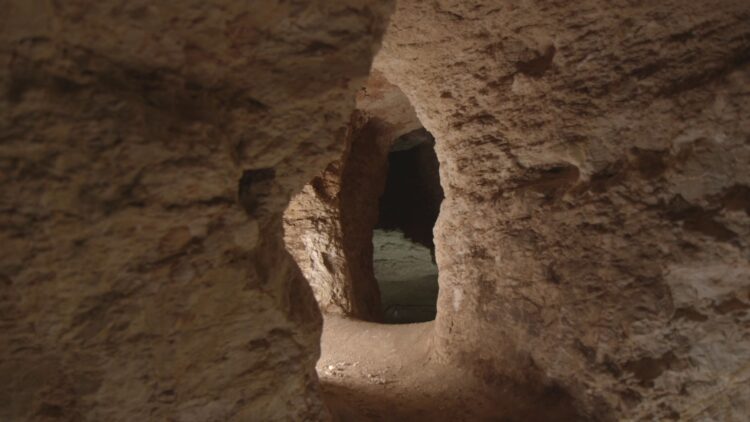

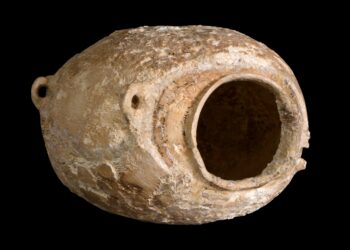
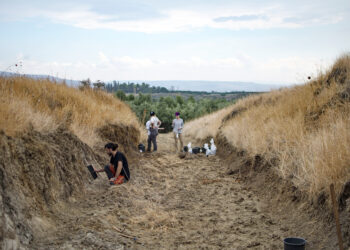
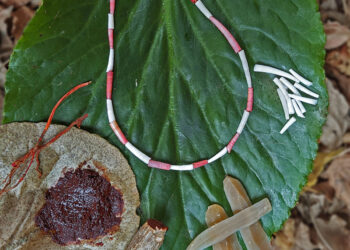
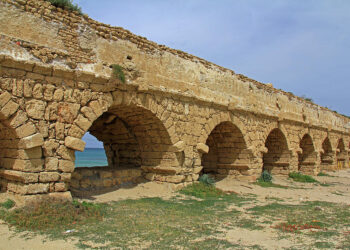















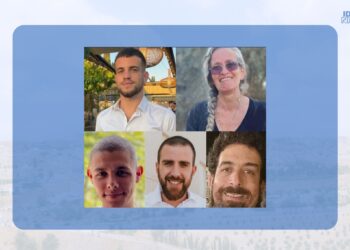

Discussion about this post